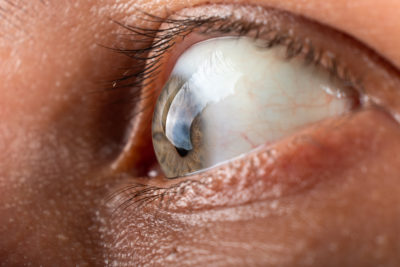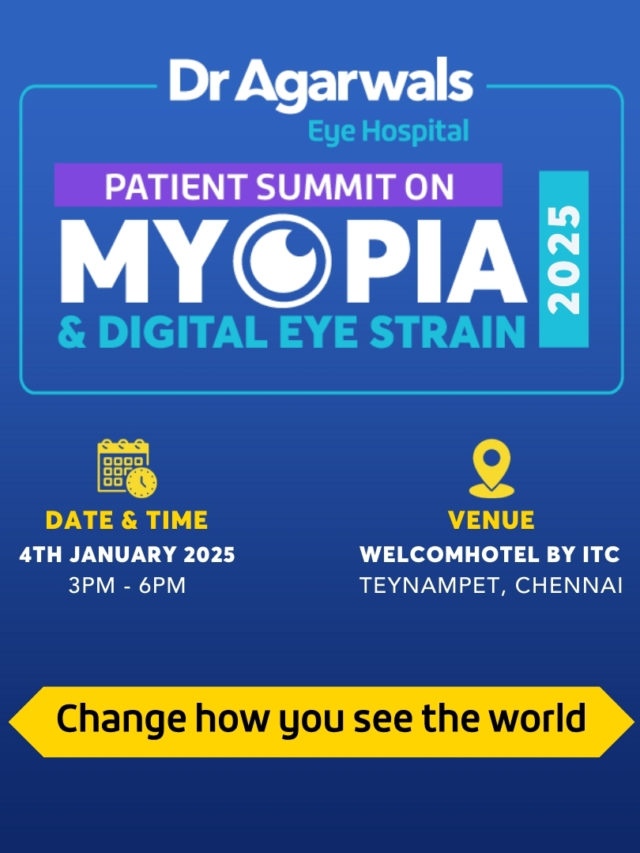According to the World Health Organization, about 90% of people who are visually impaired live in developing countries. The causes of blindness and visual impairment include refractive errors, corneal disorders, cataract, glaucoma, diabetic retinopathy, age-related macular degeneration, squint, eye cancer, childhood disorders etc.
The treatment for most of the eye diseases like glaucoma, neo vascularization etc. involves usage of topical eye drops and/or injecting healing drugs into the eye. However, these types of treatment brings in pain, risk of infection, side effects outside the eyes, non-effectiveness owing to rinsing away of ointments by tears and many a times the eye drops course is irregularly applied. Considering these shortcomings, scientists at Nanyang Technological University, Singapore have developed a unique and effective drug delivery patch.
This patch looks like contact lens that has nine microneedles in which drugs can be filled in. These are made up of biodegradable material that are thinner than our hair strand. Once it is pressed gently onto our corneal surface, they release the drug and later dissolve.
This novel ocular drug delivery eye patch was tested on mice. These mice had corneal vascularization, a disorder where new unwanted blood vessels grow due to lack of oxygen level. This eye condition can lead to blindness.
The outcome showed outstanding results with 90% reduction in blood vessels by applying single dose in comparison with same drug applied 10 times in the form of eye drops.
Presently, this novel eye patch is still being tested for human trails, but holds good promise of being safe, painless, minimally invasive, effective and hassle-free treatment method for eye diseases that need lengthy course of treatment like diabetic retinopathy and glaucoma etc.
The findings of this study were published in Nature Communications.









